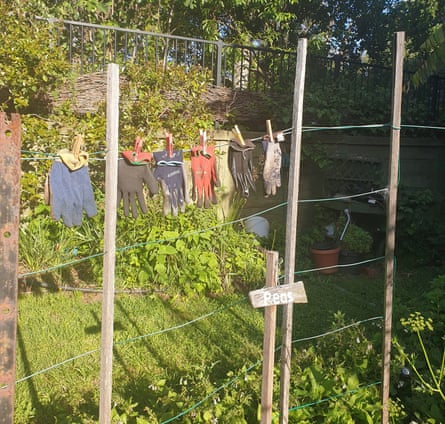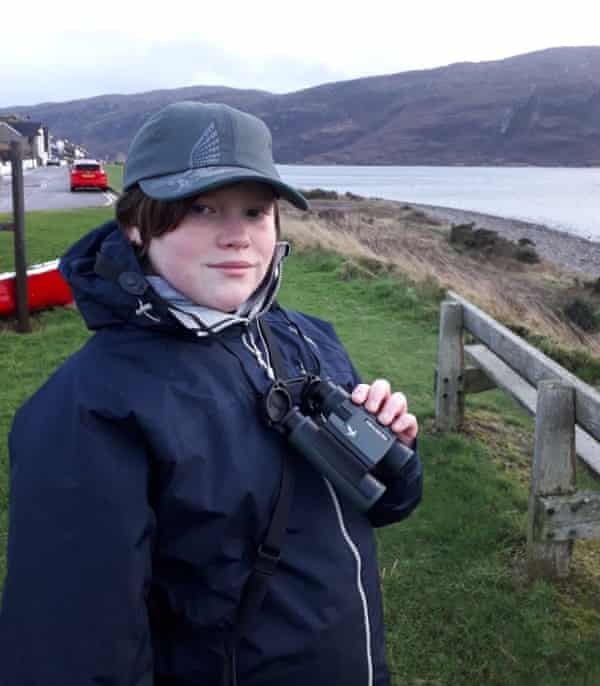
Some time ago I was a single mum living in a sharehouse in Melbourne’s inner north. While not an ideal housing scenario, I couldn’t afford to live alone, and I didn’t want to. Single parenting is isolating and about as far from “it takes a village” as it gets. But what is the ideal way to raise a kid? And where are the utopian communes of the 70s now?
Through the hippy grapevine, I heard whispers of a cohousing community seeking new members. To clarify, cohousing is a model of intentional community with independent dwellings and shared living spaces, managed collaboratively by the occupants. In other words, a commune – but with more structure and fingers crossed, fewer wind chimes.
This particular community was open to low-income earners. And I didn’t need to move to Nimbin, Copenhagen, or even out of my city to find this utopia. It was being built a few suburbs away. If cohousing was good enough for dreamy Danes, it was good enough for me.
My application magnified my most idealistic self. I bragged of an endearing, slightly unusual skillset: milking goats, making sauerkraut; a saint-like patience when making decisions by consensus. When I was selected to join I bawled my eyes out. After moving 11 times in less than 10 years of parenting, it would be a stable place to call home.
Initially, while our newly formed community waited for our units to be built, we would meet for bring-a-plate communal dinners and share our collectivist dreams. It was a honeymoon period – all giddy with oxytocin and a smorgasbord of desserts. We were in love with our untarnished ideas of a shared life. What did it matter that I didn’t digest lentils all that well? What came out the other end was a problem for another day.
When we eventually moved in, it was a bleak building site with no heart, so we rolled up our sleeves and got stuck in. We held working bees, planted gardens and adorned common spaces with op shop finds. Kids played dress-ups or Dungeons and Dragons while adults relaxed with a wine. So much of what I had hoped for was real.
It didn’t take us long to develop a culture all of our own. During a birthday celebration, when asked to sing the special song, the littlest kid started up Twinkle Twinkle Little Star and soon after, it was the only birthday refrain. Mother’s Days meant children were on pancakes. Thursday nights were for salsa dancing. I’ve never been one for Latin music, but I love that we tumbled out of our tiny homes to dance together, and stumbled home a few sangrias later.
There are downsides to putting idealists of all persuasions into a single arena. Some days it was genuinely all rainbows. Others were like placing a lion, a chicken, a llama and a chihuahua together in one cage. I grew tired of ideological warfare and I started to miss privacy; the freedom to visit the compost bin without being intercepted. “Have you put your name up for a working group?” “Can you help prep for the common meal tonight?” “Don’t forget the whole group meeting this Sunday!” Life beyond the community began to feel like a distant dream.

Communal life is a lot of work and a mountain of emotional labour. I had no idea just how many “meetings” intentional living required – whole group meetings, subcommittee meetings, board meetings. On the upside there’s a sense of achievement that comes with group effort – many hands and all that. We held festivals, started our own energy cooperative and reduced our waste output to almost nothing. We strived and we bled for it.
By the time I started crying, frequently and in public, I had to admit to myself that I couldn’t meet the relentless demands of my dynamic home while also managing the rest of my life – parenting, working and a dwindling but non-negotiable artistic pursuit. At our annual community retreat, I blubbered through tears: “I don’t want to be in a relationship with 35 people any more!” This was followed by all the it’s-me-not-you platitudes I could muster. I went through the full gamut of emotion one would with any breakup.
When, after five wonderfully complicated years I finally decided to move out of the community, I knew exactly what I was giving up. It still rates as one of the most difficult decisions I’ve made. Sure, I was forfeiting stable and affordable housing, but what I was going to miss the most was the accompanying sense of belonging, the incidental cups of tea and the collectively shared rituals of daily life.
For now I live a mainstream domestic life with a private yard, a boyfriend and a dog. Community still matters but I engage with it through more traditional means. I volunteer and take part in local events, contributing to the social and cultural fabric of my neighbourhood. And yet I still dream about better ways to live.
For all the effort and angst, it’s the stuff left over after our differences subside that matters. Sharing anniversaries, illnesses, celebrations, grief – this is where cohousing shines. Being a human on a crash course through life is best spent collectively. And that’s not an ideal, that’s just a fact.



